Planning Pays Off: 5 Strategies to Get the Most Out of Your Delivery Speed Choice
October 30, 2024
5 min read
Introduction
Reducing Return to Origin (RTO) in e-commerce has become one of the most significant priorities for online businesses. Research indicates that a minimum of 30% of things purchased online are returned, in contrast to 8.89% in physical locations.
In this blog post, we will explore practical and creative strategies to help you optimize your e-commerce store and reduce RTO in e-commerce.

Optimizing E-commerce Store for Reduced RTO
In e-commerce, when a package cannot be delivered to the customer and is sent back to the seller, it is known as a Return to Origin (RTO). This can create issues for online businesses, such as increased shipping costs, difficulties managing inventory, missed sales opportunities, and dissatisfied customers.
The reasons for this could be wrong addresses, customers refusing cash on delivery (COD), customers who cannot be reached, or buyers changing their minds. But don’t worry—every problem has a solution!
Get Personal with Your Customers
Let’s start with one of the easiest fixes—knowing your customers well. Personalization goes a long way in reducing RTO in ecommerce. Here’s how you can make it work for you:
- Offer multiple payment methods: Some customers may not be comfortable with COD. Offering options like credit cards, net banking, and UPI payments can encourage them to pre-pay, reducing the chances of an order being refused.
- Verify phone numbers and addresses: Automate your system to check for common errors in phone numbers and addresses before the order is dispatched. You’d be surprised how many RTO cases result from simple typing errors.
Optimize Your Product Listings
Your product listings act as your store’s virtual display window. Writing clear, concise, and informative descriptions can greatly impact customer satisfaction. They help set the right expectations. When expectations match reality, customers are more likely to be happy and less likely to make returns.
- Use high-quality images: Make sure the product images accurately represent what you’re selling. Include multiple angles and zoom options to give your customers the full picture.
- Detailed descriptions: A robust product description should answer all potential customer queries. Size, material, color, and care instructions should be mentioned clearly. Transparency in what you’re selling makes for happy customers and fewer returns.
- Customer reviews: Authentic reviews build trust. They offer social proof and can help reassure potential buyers. Sometimes, the small details shared by previous customers convince a buyer to click ‘purchase’ without second thoughts.
Streamline Your Logistics for Faster Deliveries
RTO often occurs because customers grow impatient waiting for their order or change their mind if the delivery is delayed. Optimizing your logistics can work wonders in reducing RTO in e-commerce.
Here are some ways:
- Work with dependable courier services: Selecting the right courier partner is important to ensure packages arrive on time and in good shape. Look for partners who have a history of delivering packages promptly.
- Offer real-time tracking: Let your customers track their orders in real-time. This will help them feel less worried and improve their chances of being present to receive the package.
- Offer express delivery options: Some customers will pay extra for faster deliveries. Express delivery can help meet their expectations and ensure they don’t lose interest in their purchase while waiting.
Focus on Pre-Delivery Communication
A proactive approach to communication can reduce RTO significantly. Most failed deliveries happen because the customer wasn’t available during delivery or forgot about the order. Here’s how you can prevent this:
- Reminder notifications: Send notifications a day before delivery to remind your customer of the arrival. You can also ask them to confirm their availability.
- Offer flexibility: Give your customers the option to reschedule deliveries. This ensures the package reaches them at a convenient time.
- Call verification: For high-value orders, consider calling to confirm the order. It’s a small gesture, but it can prevent the headache of RTO in e-commerce for high-stakes transactions.
Tackle COD Problems Head-On
COD orders are one of the biggest culprits behind high RTO rates in e-commerce. Customers are more likely to refuse an order when they haven’t made any upfront payment. To mitigate this risk:
- Reward prepaid orders: Encourage customers to make prepaid orders by giving them small discounts, cashback, or loyalty points instead of choosing COD.
- Limit COD for new customers: Allow COD only for verified or repeat customers. This will help reduce the risk of refusals from first-time buyers who may be less committed to their purchases.
Conclusion
Reducing RTO in e-commerce is about more than just saving costs—it’s about delivering a superior customer experience. Every action you take to reduce returns to origin builds trust and strengthens your brand’s reputation.
Ready to reduce RTO in ecommerce and streamline your shipping process? With Shipyaari Delta, you can access real-time tracking, seamless delivery management, and top-tier logistics support—all designed to minimize returns and boost customer satisfaction.
Connect with us today!
Frequently Asked Questions
High RTO in ecommerce leads to increased operational costs, lost revenue, inventory issues, and a poorer customer experience.
Common causes include incorrect addresses, customer refusal of COD orders, unreachable customers, or buyer intent changes.
You can reduce COD-related RTOs by offering incentives for prepaid orders, confirming COD orders before dispatch, and limiting COD for new customers.
Efficient logistics ensure timely deliveries, allow real-time tracking, and help avoid customer dissatisfaction, thereby reducing RTO in ecommerce.
Suggested Reads
Hyperlocal Personalization: Tailoring Experiences for Local Customers
Introduction The eCommerce industry in India has witnessed a rapid growth of hyperlocal services in
Continue ReadingDec






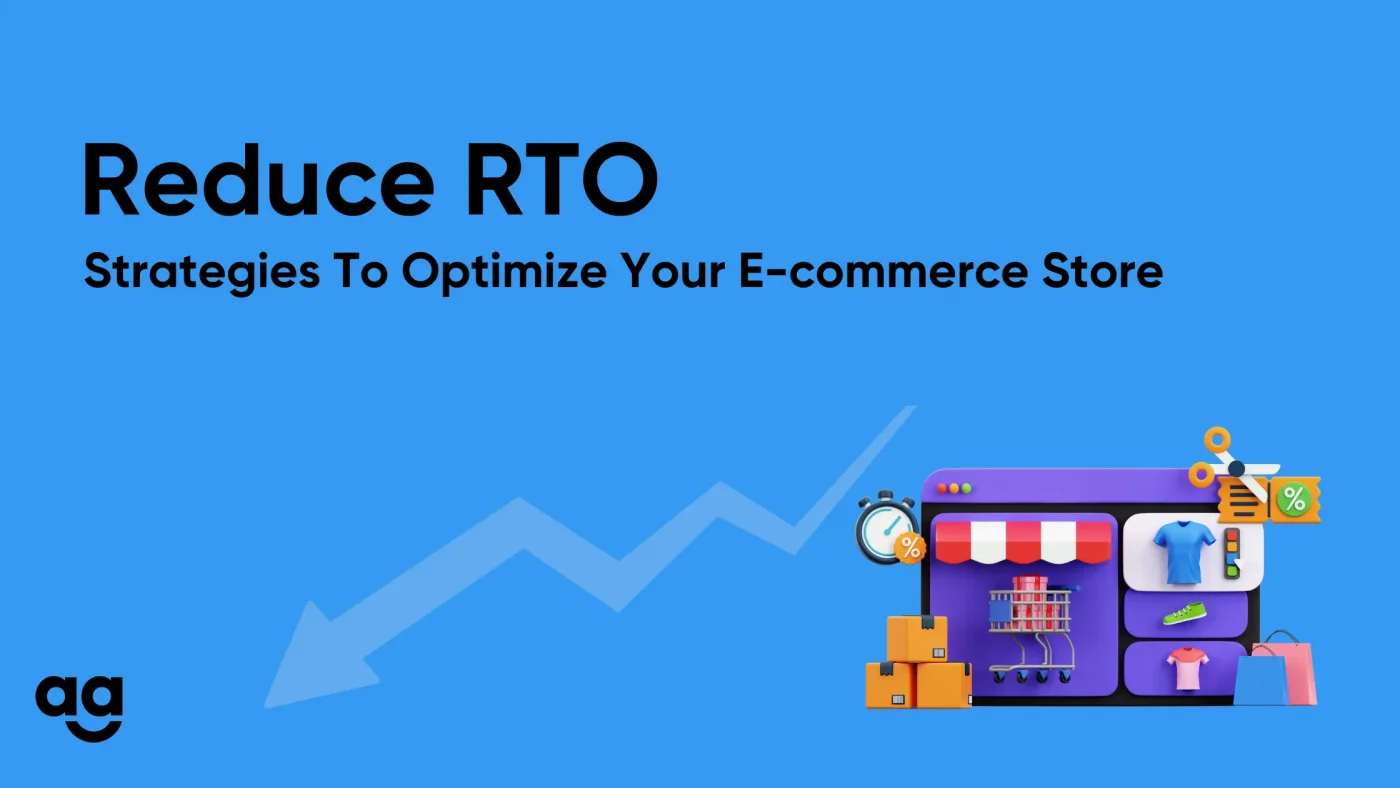



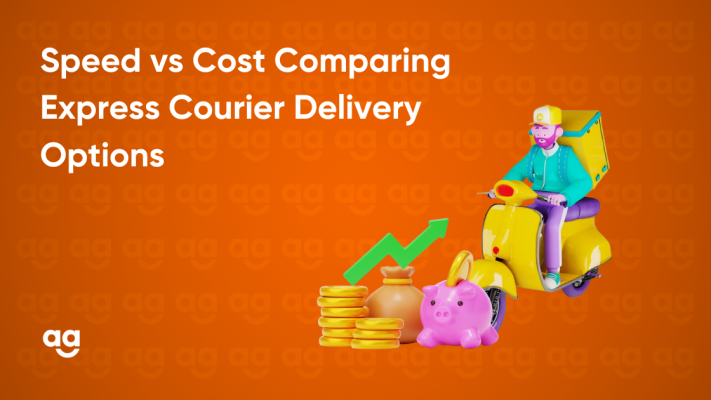

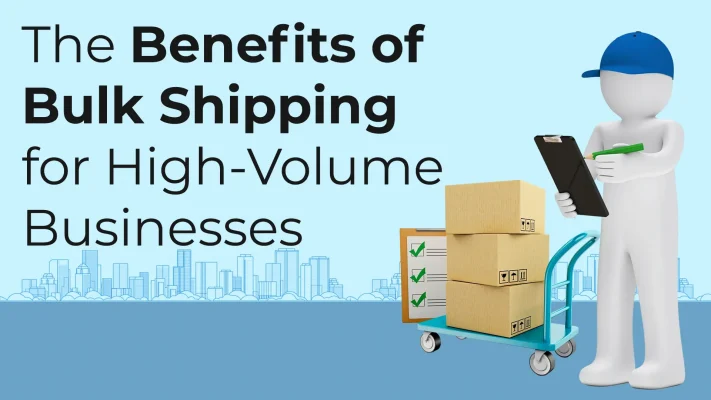
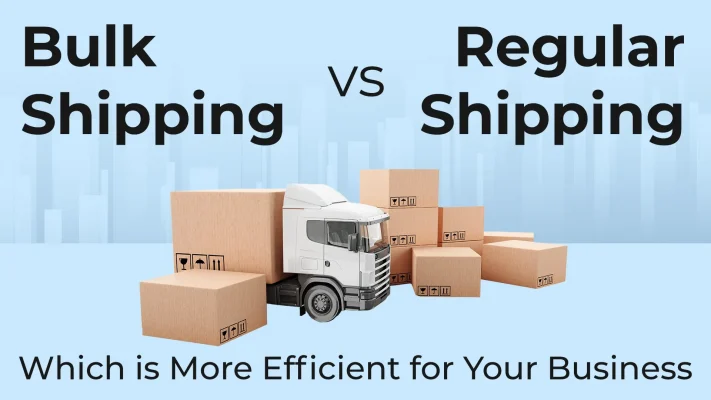


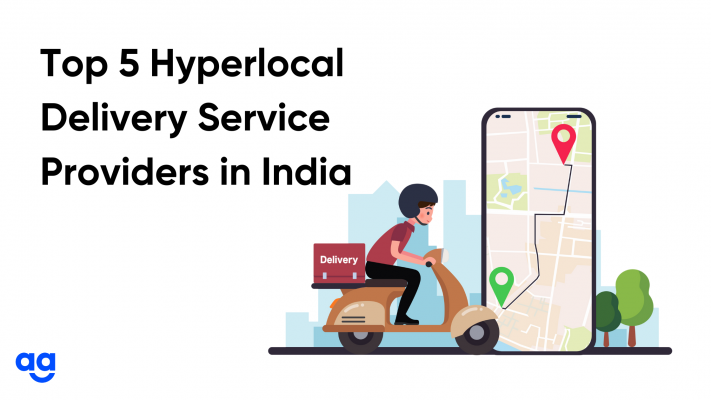
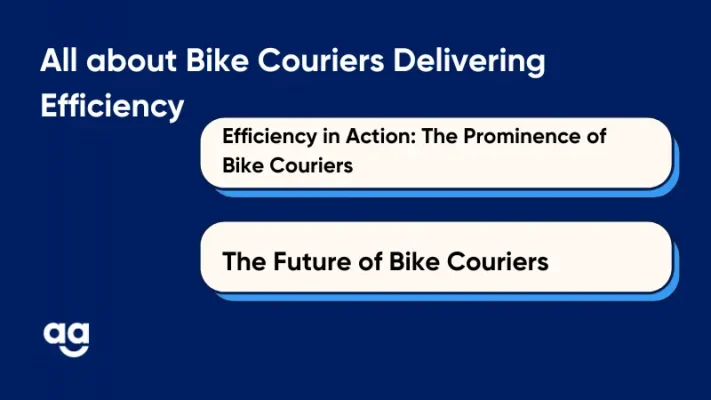
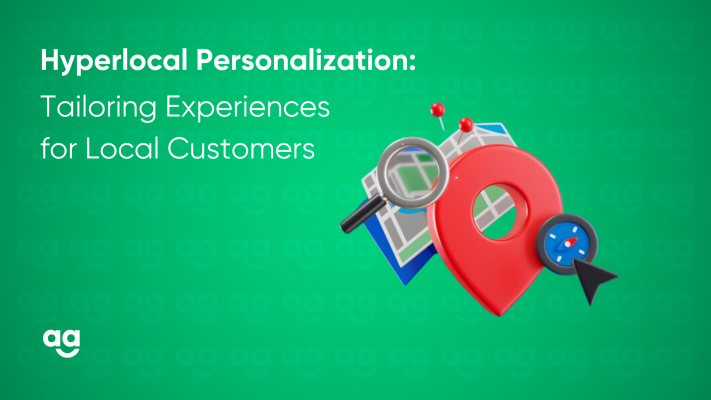
 Shipping
Shipping







